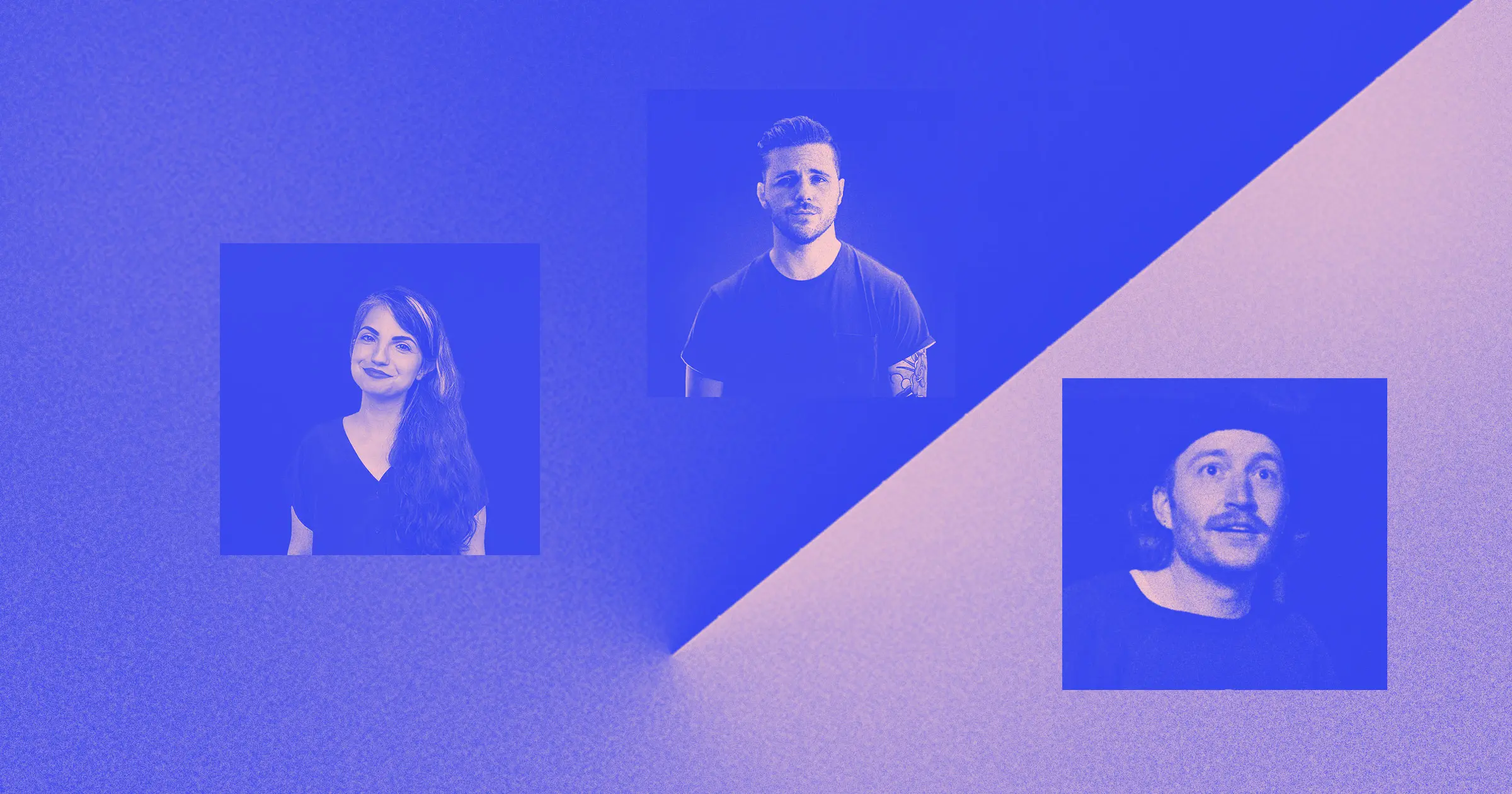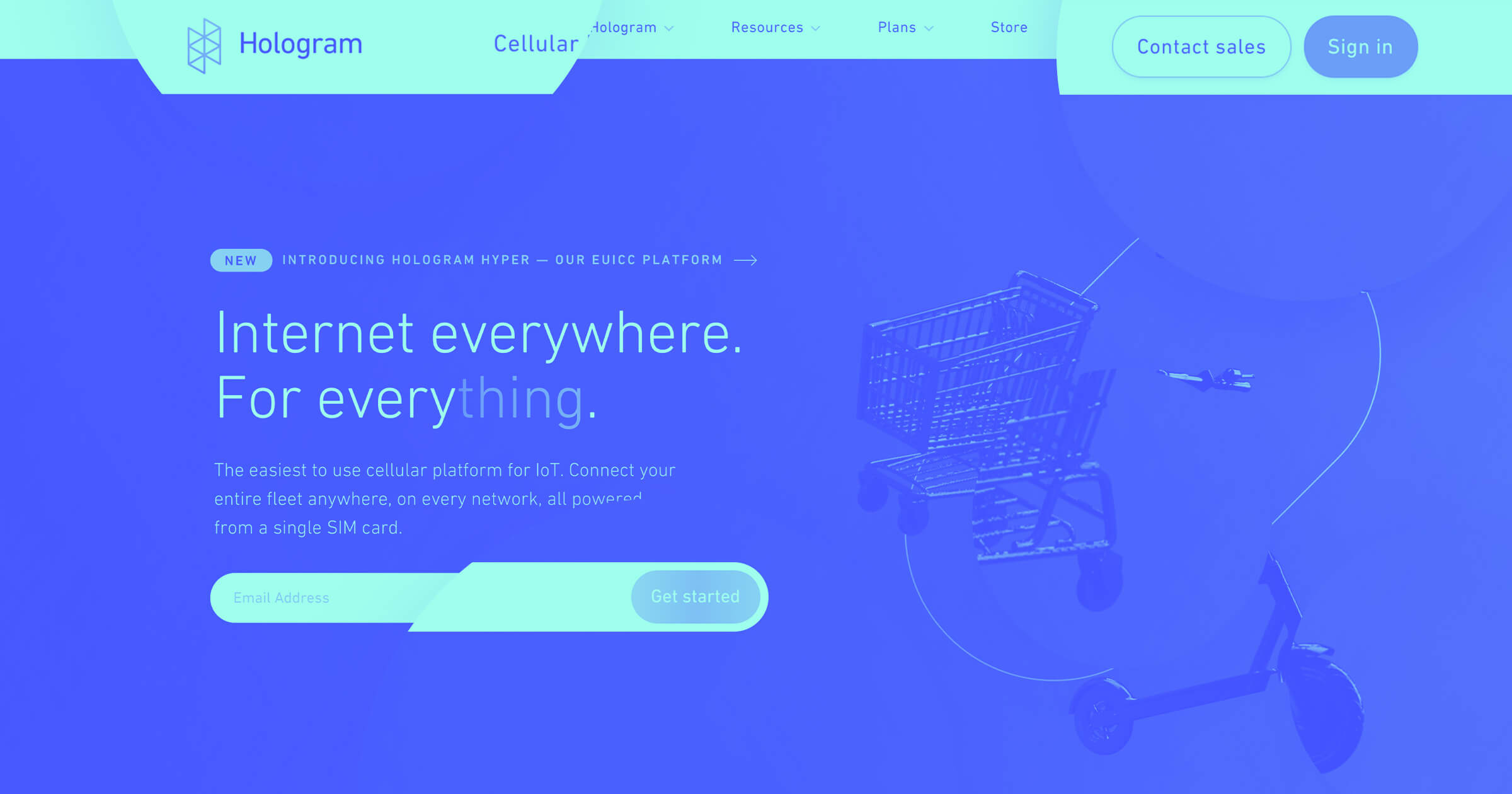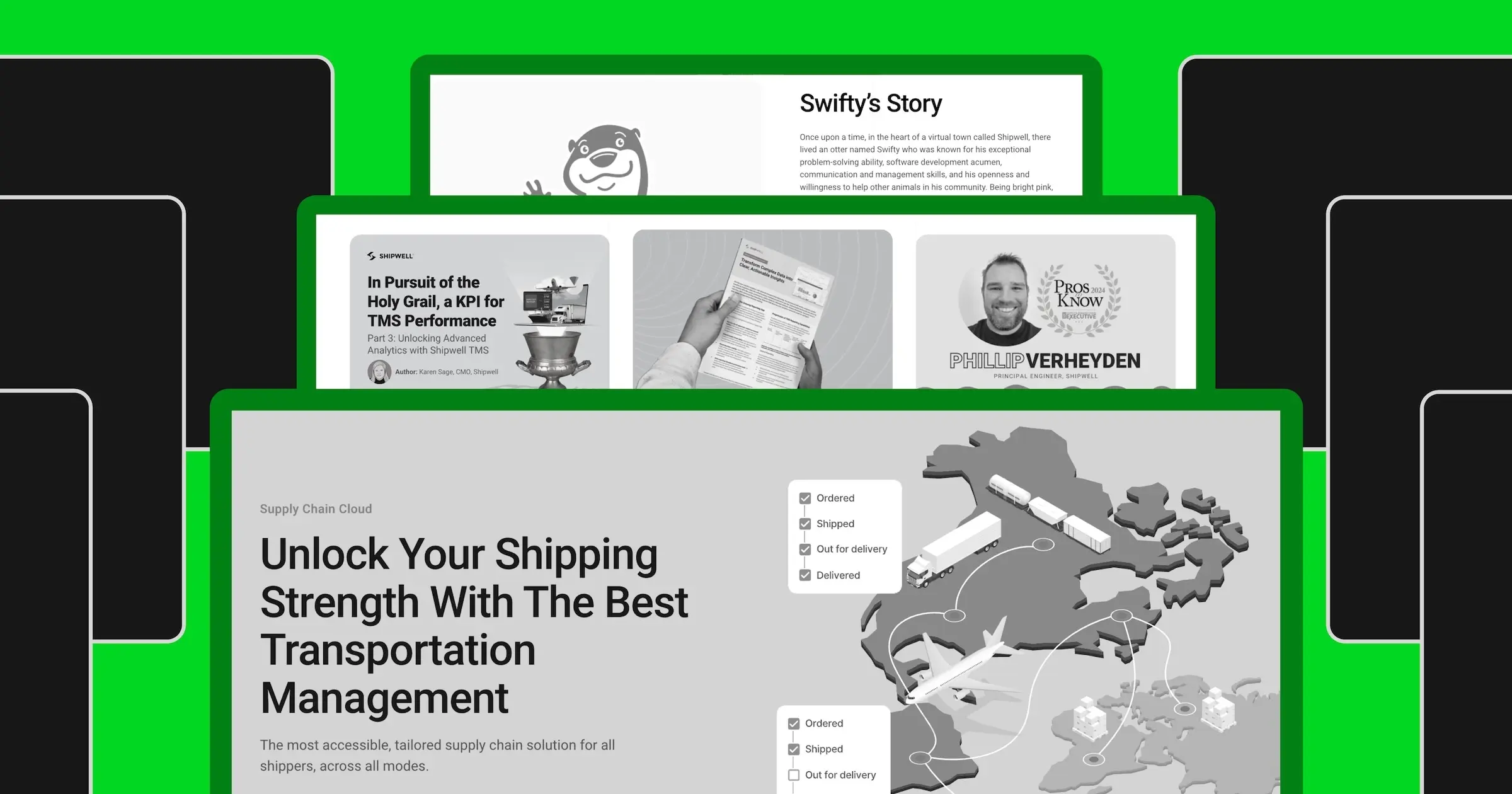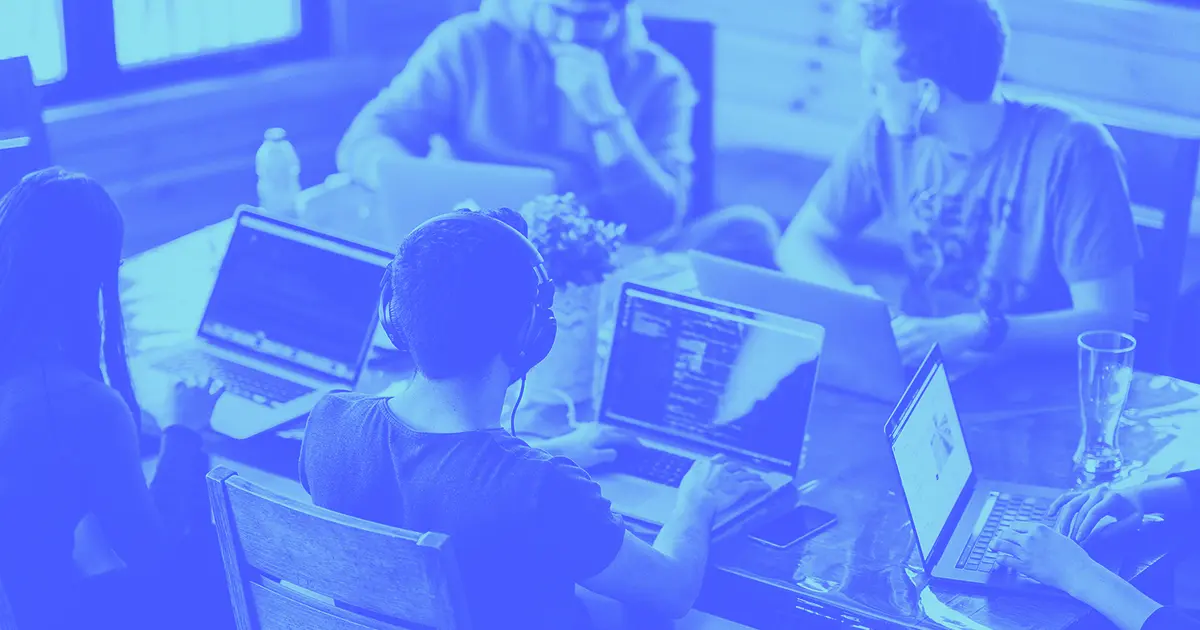Why should we do a redesign? Who outside of design should be involved, and how do we tackle planning? How do we set a proper timeline?
These are just a handful of the questions creative teams might ask themselves ahead of a website redesign. In-house creative teams play such a crucial role in the design, planning, and execution of a modern website redesign project — so we chatted with Dani Balenson, an independent creative director who’s worked with brands like Oscar Health and Vox Media (and helped Webflow with our homepage refresh in 2021!), Michael Rossi, Senior UX/UI Designer at Hubilo, and Webflow’s Principal Brand Designer, Kyle Benson, on the complexities, must-dos, and processes they stick to when approaching a website redesign.
A website redesign should solve a problem
“The web has changed so drastically in the last decade, it’s pushed everyone to come to the realization that rethinking how their website looks and functions is a necessity.”
- Michael Rossi, Senior UX/UI Designer, Hubilo
The modern website is much different and more involved than web development was during the early ages of the internet. It’s often a — if not the — primary marketing asset for any company. “The web has changed so drastically in the last decade, it’s pushed everyone to come to the realization that rethinking how their website looks and functions is a necessity,” Michael explained. “I’ve worked on a few projects where a team thought redesigning their site meant they had to rebrand, but I was slowly able to help them understand that just because you need to redesign your website doesn’t mean you need to completely change every aspect of it.”
Dani echoed this sentiment and sees a redesign as a type of site refresh, which means certain elements of your look, feel, or functionality can remain consistent. “[A website refresh] is a different lipstick, a different eyeliner, a different brow pencil — something you use to look fresher and more modern,” she explains. As a result, a redesign doesn’t need to be grounded in something as large as a rebrand. It simply needs to address a shift in your business or target audience.
Dani added that design is a “service of communication” — one that allows you to either speak to a new audience or fix something that’s not working the way you want it to. Once a team comes to this realization, it must take a step back to reorient goals, define desired outcomes, and begin identifying next steps.
Ensure all key stakeholders are aligned on the objective
In order to effectively pull off a proper website redesign, all involved parties must align on the reason for doing one, the plan of attack, and the desired outcome of the project.
Kyle breaks down design into two camps. The first — “capital ‘D’ design” — focuses on strategy and the why. “Lowercase ‘d’ design”, on the other hand, is the look and feel. Capital ‘D’ design is the label for a redesign, and therefore involves many stakeholders — which, depending on the goal and company size, can include a marketing team, a design or creative team, product marketing, growth, UX, engineering, and more.
Michael, Kyle, and Dani have different experiences when it comes to who actually owns and drives a redesign. At some organizations, they’ve seen it be designers, but at others, it could be someone in Marketing who either identifies the issue they need to solve or defines the target business outcomes for the redesign. They all agree, however, that whoever is driving a redesign as a cross-functional effort needs to own scoping, planning, deadlines, and getting executive level buy-in before teams can get the ball rolling.
Create a project plan that sets the team up for success
“Make stakeholder hierarchy clear, define who is involved and what their roles are, and develop a work back plan before setting up a project kickoff to ensure there’s ample resourcing in place.”
- Dani Balenson, freelance creative director
Once teams are on the same page about goals and responsibilities, planning begins. In Dani’s experience, planning typically starts with a creative brief. This is a document that defines the background of a project, why the team is doing it, what they want to accomplish, who they’re talking to, how they want to communicate, and references for inspiration. Michael echoed this sentiment by explaining that a thorough analysis and plan is part of his creative process. “I will probably ask too many questions when I’m approaching a redesign because I want to know every aspect of what we’re trying to accomplish,” he said.
In addition to a creative brief, “Make stakeholder hierarchy clear, define who is involved and what their roles are, and develop a workback plan to ensure there’s ample resourcing in place,” Dani said. A workback plan should set dates for key milestones that lead up to an agreed-upon launch date. And while most designers are typically focused on the nuts and bolts of a redesign project, Kyle explained that some teams might have a senior design team member, like a VP or executive, who will be involved in this process and need to advocate for the creative team to ensure they are set up for success.
For in-house teams working with an agency, Kyle recommends bringing them in during this planning phase in order to get their suggestions from the get-go — especially on infrastructure and the bigger picture — because they’re often aware of industry best practices for different objectives.
Part of planning also means having the right tools in place
Another crucial element of the planning process is enablement from an execution standpoint. For Michael, Hubilo had two and a half months to make a redesign happen. Being able to use a web development tool like Webflow for their redesign meant the team would be able to build pages quickly, develop interactions and animations, access a built-in CMS, and know that any tweaks or edits down the road would be simple to do.
Time is often one of the biggest reasons organizations delay doing a website redesign, but teams that use tools to visually design and develop can make smaller changes more regularly — requiring noticeably less time overall. For Michael and the team at Hubilo, migrating to Webflow gave them the speed and flexibility they were looking for.
For Dani, the power of a tool like Webflow is how it enables collaboration. “It’s so fast and so easy for designers to go from an improved design to build. It’s also just really easy to edit something, look at a live link, and discuss any changes we want to make together,” she said.
Words of wisdom for designers approaching their first redesign project
While Dani, Michael, and Kyle all share the sentiment that redesigns are complex and involved, they each had parting words of advice for designers and marketers at hypergrowth companies with a redesign on the horizon.
“It’s a big project with a lot of little moving pieces, so be as methodical as possible. And no project is ever your last, so make it as good as you can, and apply learnings to the next one.” — Dani Balenson, freelance creative director
“Be open to changes, and make sure you have solid rationale for why you want to redesign something. And stagger a rebrand and redesign rather than doing them simultaneously.” — Michael Rossi, Senior UI/UX Designer, Hubilo
“Doing your homework always pays off. The crucial work you do during planning is what ends up as the anchor at the very end.” — Kyle Benson, Principal Brand Designer, Webflow

Build a better site experience
In our ebook, learn how to approach your next website redesign — from collaboration and trust-building to finding the right tools.












.jpeg)



















